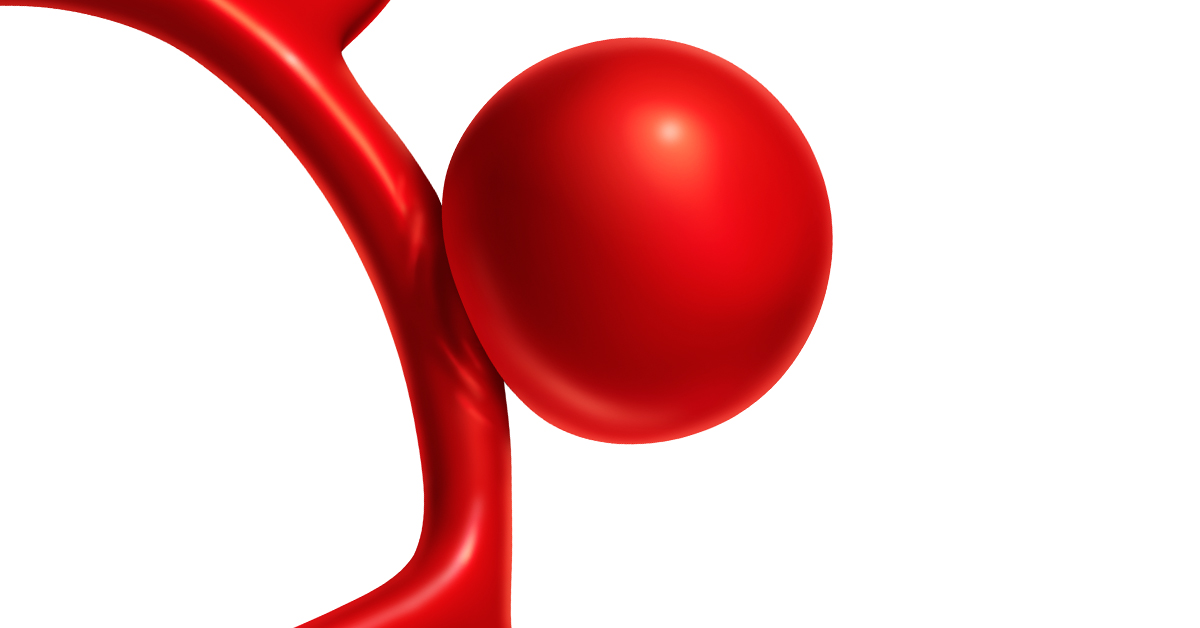Aneurysm: weak area of a blood vessel. Can occur throughout body. If large enough, can rupture and be life threatening.
Aneurysms

What is an Aneurysm?
An aneurysm is a weak area in a blood vessel that causes bulging, dilation or ballooning of the blood vessel. Although aneurysms are more common in older people and women, they can occur at any age in either sex. In most cases, aneurysms form at the point where blood vessels divide into branches. Cerebral aneurysms are usually found at the base of the brain, just inside the skull. Their size usually ranges from 1/8 inch to 1 inch.
An aneurysm can exist in a ruptured or unruptured state. A ruptured aneurysm is one that has broken open.
Causes of Aneurysms
Aneurysms in brain vessels occur when an area of the blood vessel's wall is weakened. Aneurysms can be congenital (i.e., present from birth) or they may develop later in life. The blood vessel wall might be weakened due to infection or injury.
Following are risk factors that may lead to or facilitate the development of aneurysms:
- Hypertension (high blood pressure)
- Diabetes
- Congenital predisposition or genetic disorders
- Injury or trauma to blood vessels
- Complication caused by certain types of blood infections
- Excessive consumption of alcohol
- Smoking/usage of nicotine
Symptoms of Aneurysms
The symptoms of aneurysms depend on whether they are ruptured or unruptured.
Patients suffering from a ruptured cerebral aneurysm may exhibit symptoms such as:
- Headaches and localized migraines
- Nausea
- Stiffness in neck
- Problems with vision (e.g., blurry or double vision)
- Sensitivity to light (i.e., photophobia)
- Loss of sensation
- Vomiting
Most of patients with unruptured cerebral aneurysms do not show any symptoms. Others might exhibit some or all of the following:
- Cranial nerve palsy
- Double vision
- Sudden severe headache
- Numbness in any part of body
- Dilated pupils
- Pain above and behind eye
- Progressive weakness
- Neck pain
Diagnosis of Aneurysms
The following are used to diagnose aneurysms:
- Cerebral Angiography: A dye is injected into the blood and x-rays of the brain are taken. Cerebral angiography helps to detect the location and size of aneurysms and vascular malformations.
- Computed Tomographic Angiography (CTA): A dye is injected into the blood and images of the brain are obtained via a CT scan.
- Computed Tomography (CT) Scan: X-rays are taken, the data is fed to a computer and then a computer-generate image is created. CT scans are usually a more useful test for hemorrhagic strokes because the blood can be easily seen.
- Doppler Ultrasound: High-frequency sound waves are used to detect abnormalites in the veins.
- Magnetic Resonance Angiogram (MRA): The images of the brain's arteries will reveal both aneurysms and blockages of the arteries.
Treatment Options for Aneurysms
Not all aneurysms require immediate treatment. Very small (less than 3 mm) aneurysms are less likely to break or rupture; thus, may not need immediate treatment.
A surgeon may decide to treat aneurysm, even when it does not show any symptoms, in order to prevent the possibility of a fatal rupture in the future.
Surgery may involve coiling or clipping and is used to treat both ruptured and unruptured aneurysms. This is one of the most commonly used methods for repairing aneurysms.
Endovascular surgery often uses a "coil" or coiling to repair aneurysms. This is a less invasive way to treat certain aneurysms.
